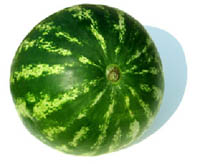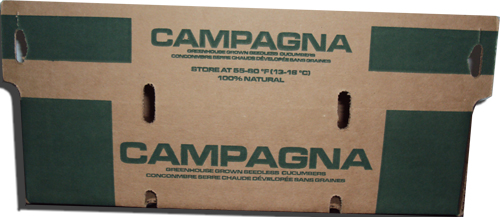GRAIN CORN
The Corn plant is of sturdy bearing, of easy development and annual production; the stem is simple, erect, of high length, being able to reach 4mts. (13.12 ft) high, it is sturdy and unbranched, by appearance reminiscent of a cane, does not present internodes and if a spongy marrow, if performed a cross-section, with separate male and female inflorescence within the same plant; the male inflorescence presents a panicle (commonly called spike or plume) of yellow coloration that has a very high amount of pollen in the order of 20 to 25 million grains, in each little flower that composes the panicle, 3 yarns develop where pollen develops; the female inflorescence marks a lower content of pollen grains, around 800 or 1000 grains and it is formed in vegetative structures called spadices, that are arranged in a lateral manner; the leaves are long, of large size, lanceolated, alternate, parallel nerves; and these are found embracing the stem and by the beam they have hairs, the ends of the blades are very sharp and cutting; the roots are fascicled and their mission is to provide a perfect anchoring to the plant, in some cases, some knots protrude from the ground level roots.
CLIMATE
Corn requires a temperature of 25 to 30ºC, and also a fairly incidence of sunlight, in order to produce the germination of seed, temperature should be between 15 to 20ºC, it comes to bear minimum temperatures of 8ºC and from 30ºC, serious problems can occur due to malabsorption of mineral nutrients and water, for fructification, temperatures of 20 to 32ºC are required. It is a demanding crop in water, in the order of 5 mm per day, water requirements are changing throughout the crop and when plants begin to rise, a less amount of water in required, while maintaining a constant humidity. In the vegetative growth stage is when more water is required, being the flowering phase the most critical period, because it will depend from it the settling and amount of output obtained. It is very well adapted to all soil types, but the soils with a pH of 6 to 7 are the best suited, it also requires deep soils, rich in organic matter, with good drainage circulation to avoid producing ponds that cause root suffocation.
PLANTING
It can be done manually, by placing the seed in the furrow or it can be sown with precision machinery, it is carried out when the soil temperature reaches a value of 12ºC, it is planted to a depth of 5 cm (1.96 in) in plain or to furrows. The separation of the lines is of 0.8 to 1 m (2.62 to 3.28 ft) and the separation between plants is of 50 to 80 cm (1.64 to 2.62 in).
HARVEST
When performed manually in the so-called “pinch” (pizca), which means to separate the cobs from the plant to take them to a final drying for storage or shelling and keep the grain. While collecting corn cobs it is advised that there is no moisture in them, rather they are dry. Another way or recollecting is by doing it in a mechanized manner, where a clean harvest can be obtained, without grain losses and simpler; for cobs, trailer harvesters are used or also the harvesters with a built tank ad they tear the cob from the stem, previously these are dried with hot air and go through a threshing mechanism, and once the grains are extracted, they are dried again to remove the remaining moisture. The harvesters have a head, where the cobs are collected and a threshing device that separates the grain from the cob, it also has some cleaning devices, regulatory mechanisms for control of the machinery and a tank or vessel where the clean corn grain is located. Other harvesters of bigger size and more modern have pinch rollers that go crushing the plant stems, working at a large work width of 5 to 8 rows the cob is equally crushed, and for a device of two sieves the harvest is cleaned, for grain preservation it is required a moisture content from 35 to 45%.
USES
White grain corn is mainly used for the production of traditional tortillas and tamales, but it can also be obtained oil or in the manufacture of varnishes, paints, artificial rubber and soaps. Yellow corn grain can also be used for human consumption in a wide variety of dishes, however, it is currently destined for livestock consumption, in livestock feed and starch production.
SCIENTIFIC NAME
Zea mays
Properties of Corn
àIts high carbohydrate content easy to digest makes it an ideal food for children and athletes.
àRecommended for people with magnesium deficiency.
àIts flour is ideal when there are problems of allergy or intolerance to gluten.
àThe corn silks or stigmas are used as diuretic infusions, excellent in hypertension, fluid retention or when we want to increase the production of urine, like when in urinary tract infections.
àIts contribution in fiber favors digestion and reduces cholesterol.
àCorn offers the antioxidant beta-carotene, highly recommended in the prevention of cancer.
àIt also offers us vitamins from the B group, particularly B1, B3 and B9, which act to the nervous system.
àHelps control the amount of sugar in the blood.
NUTRITIONAL FACTS OF CORN (Per 100g.)
à123 Calories.
à4 g. of Protein
à 25 g. of Carbohydrates
à 3 g. of Fiber
à25 g of polyunsaturated fats
à260 mg of Potassium
à240 mg of Betacarotene
à38 mg of Magnesium
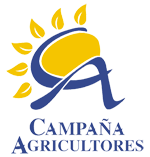

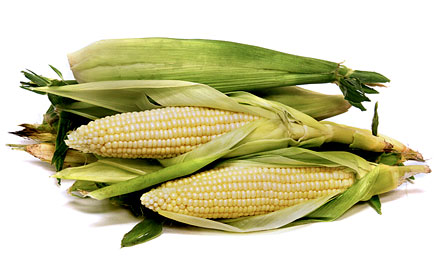 CORN
CORN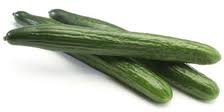 CUCUMBER
CUCUMBER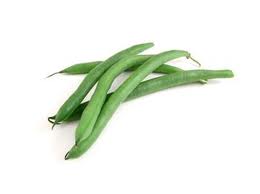
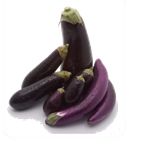 EGGPLANT
EGGPLANT MINIBELL
MINIBELL